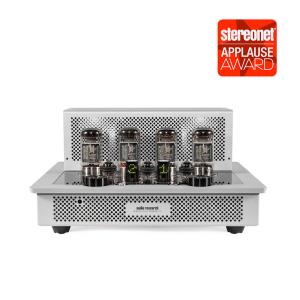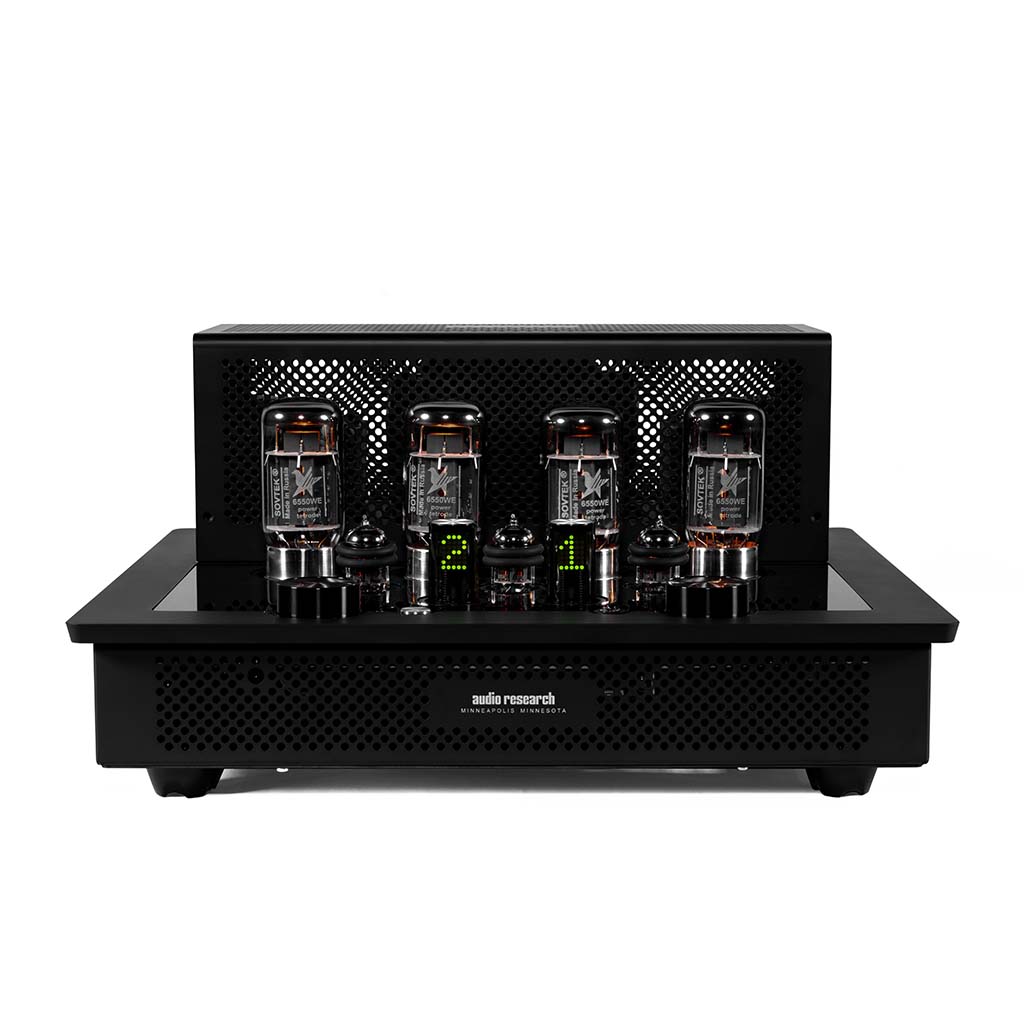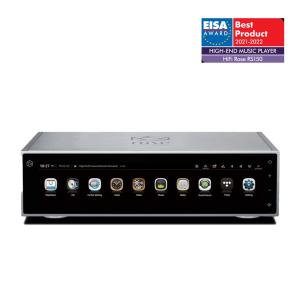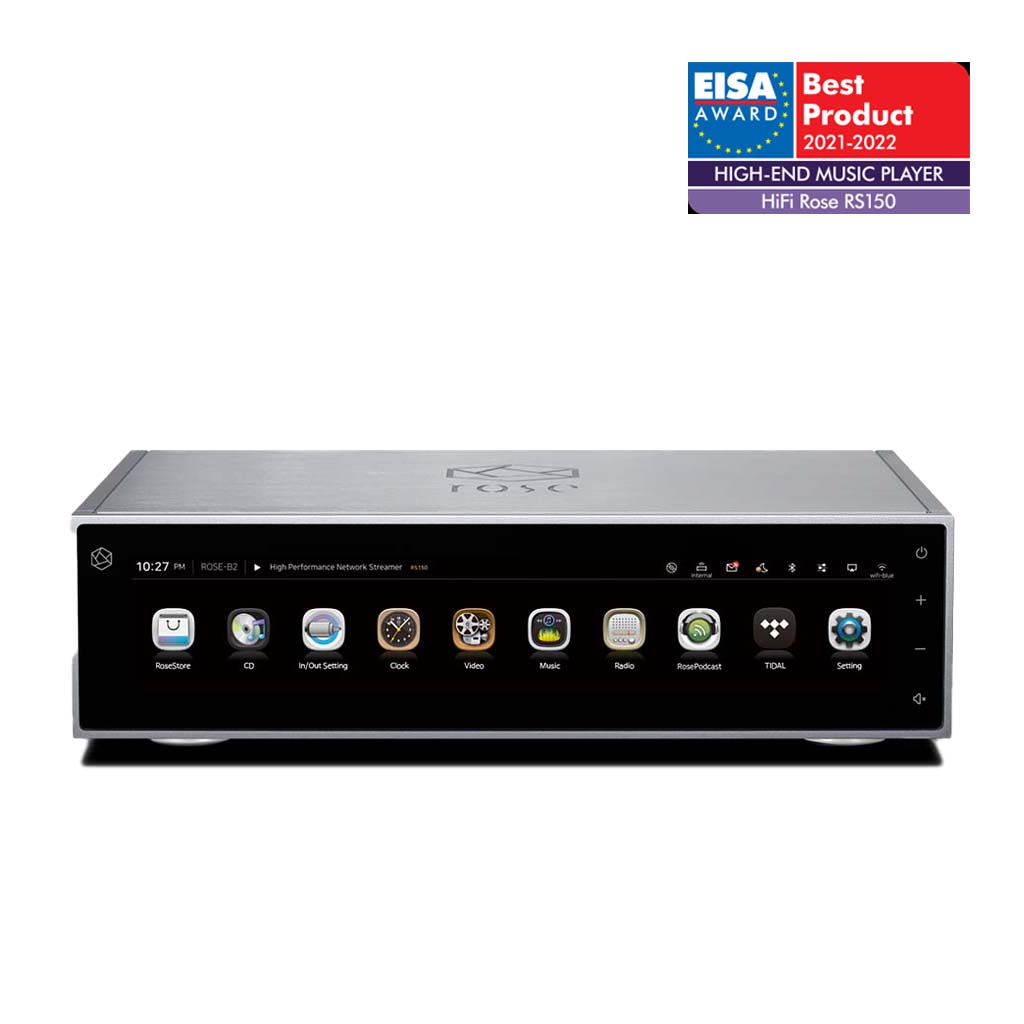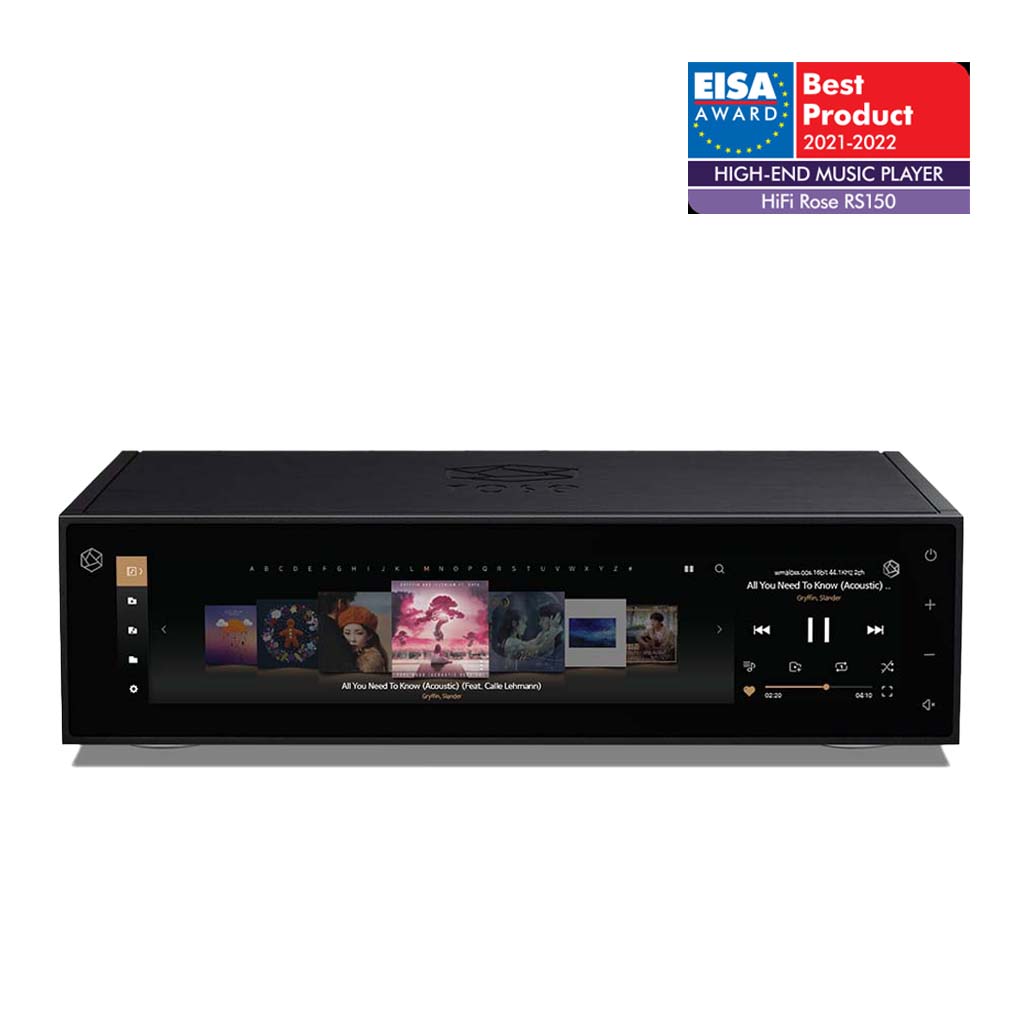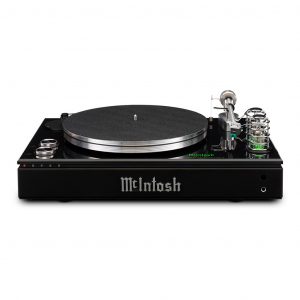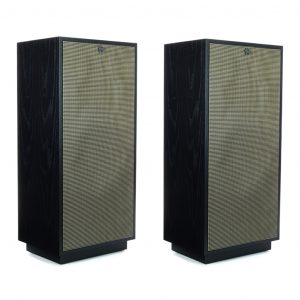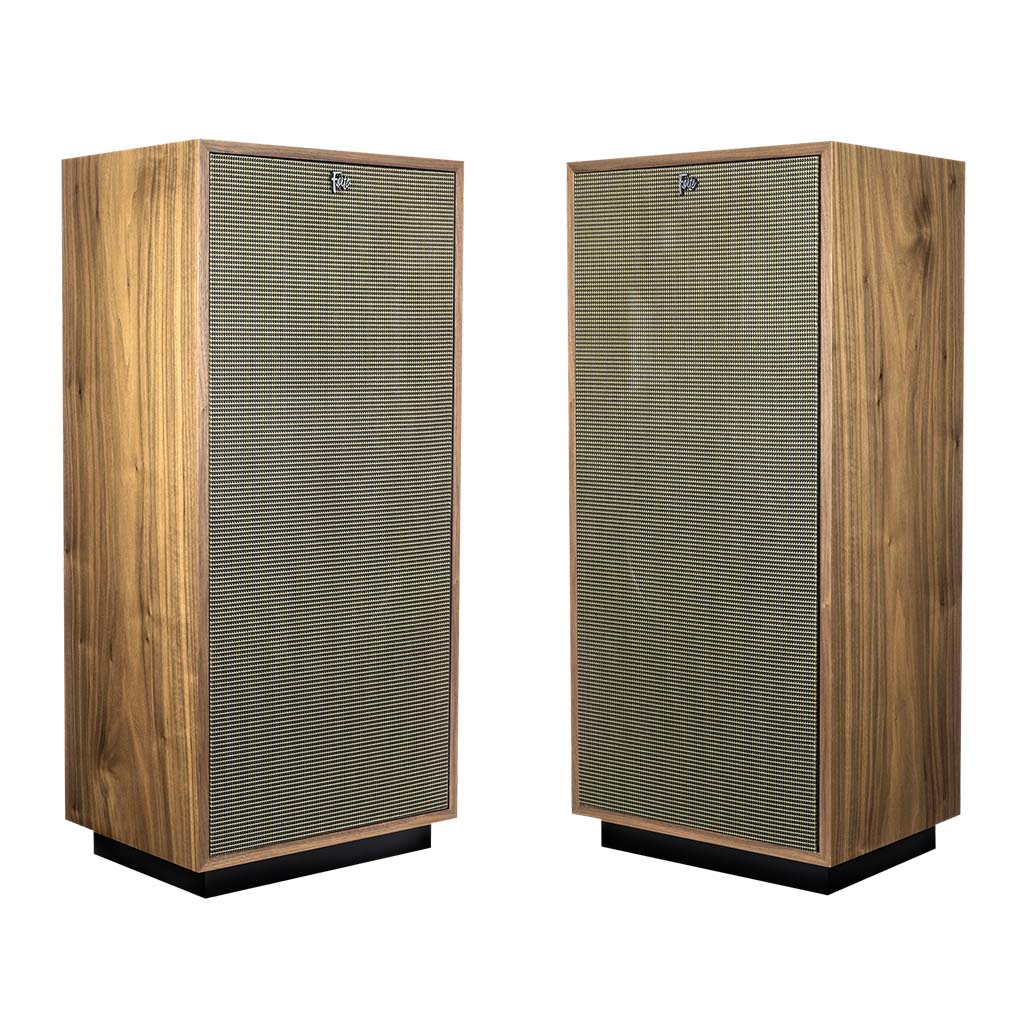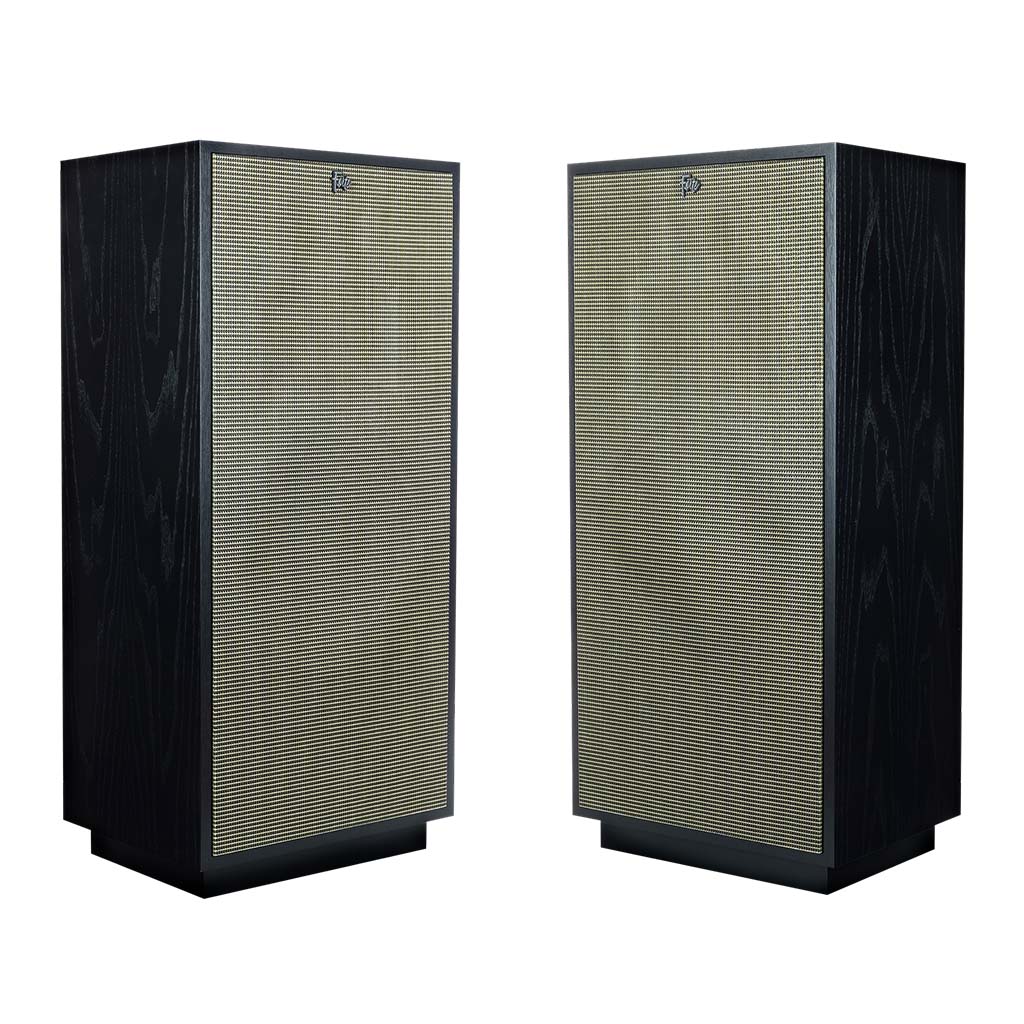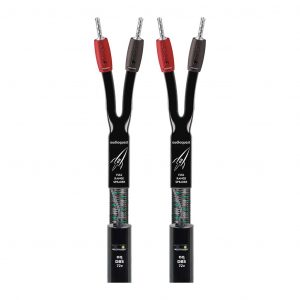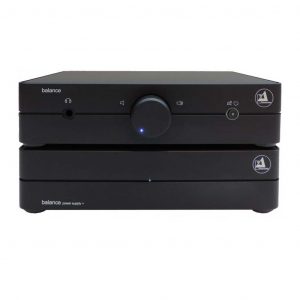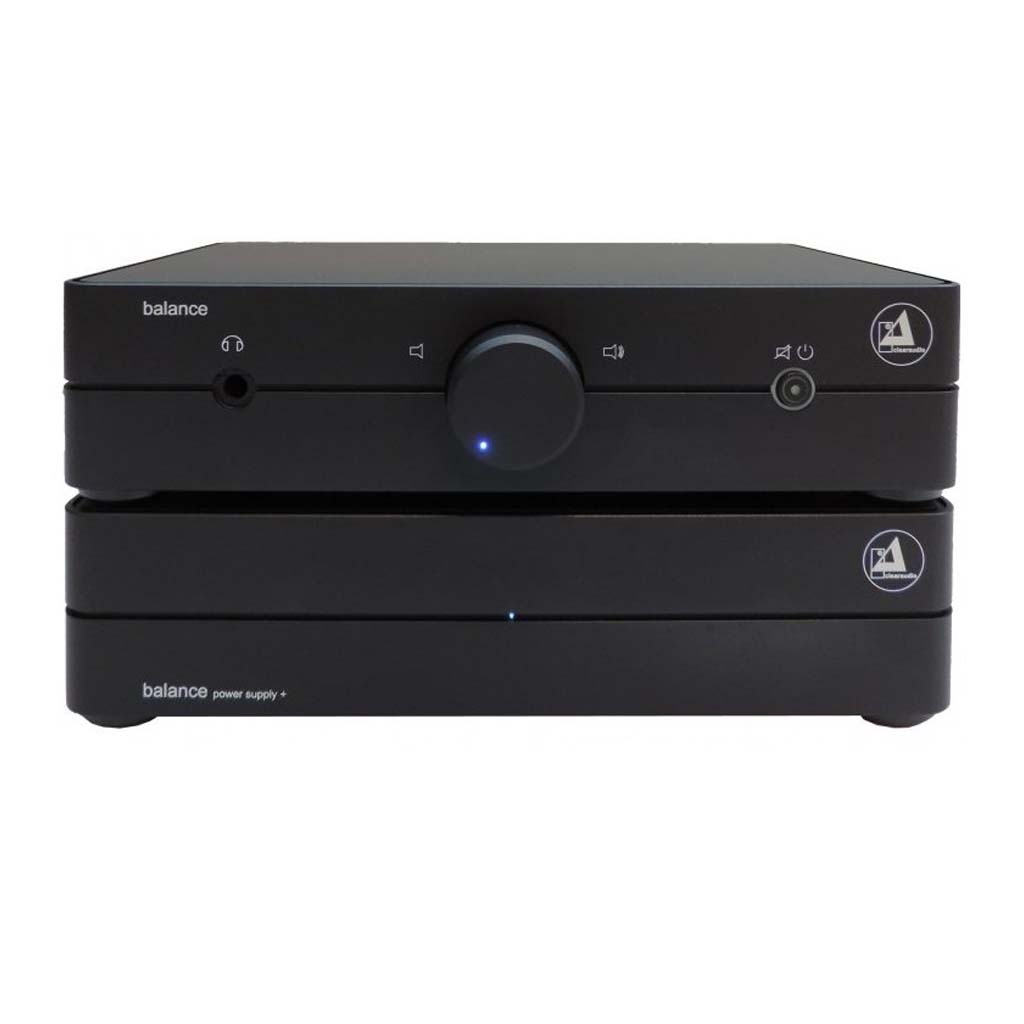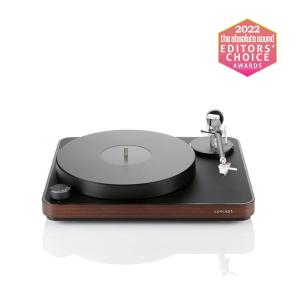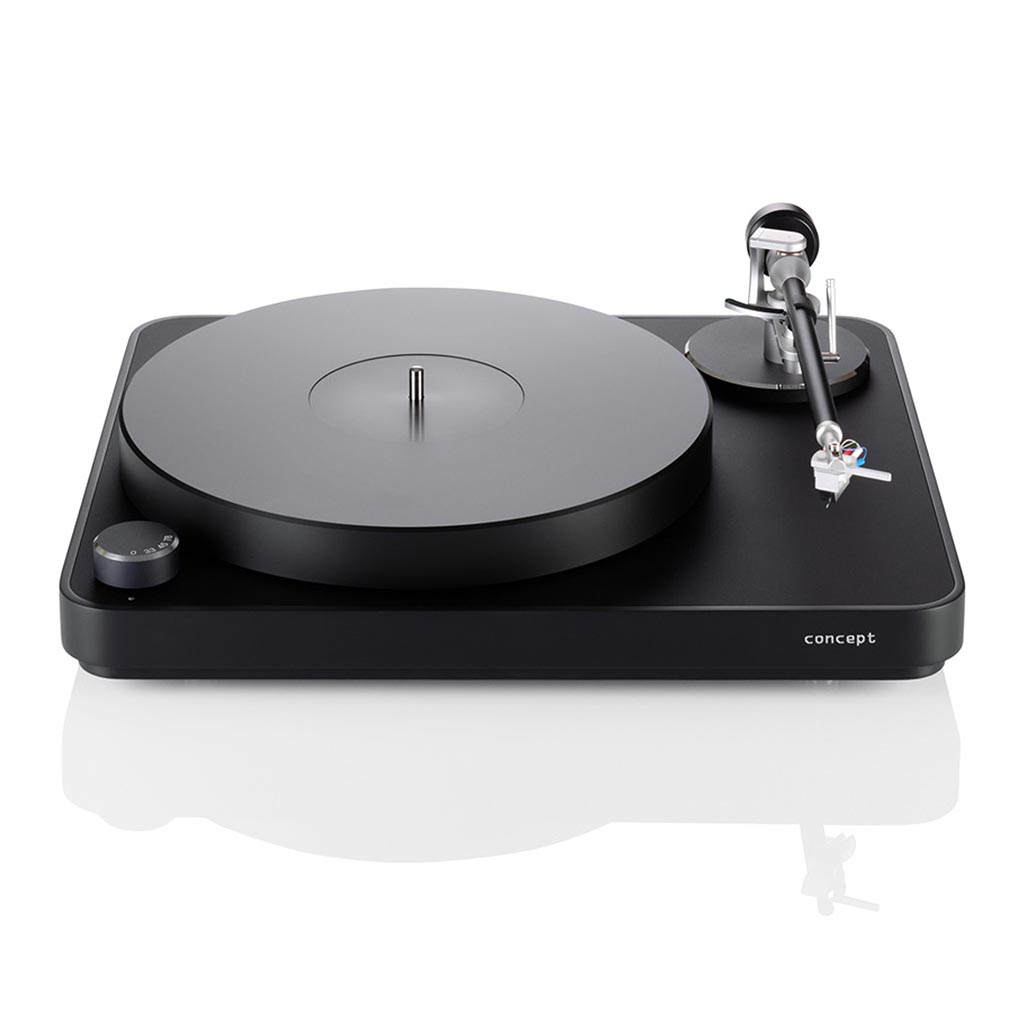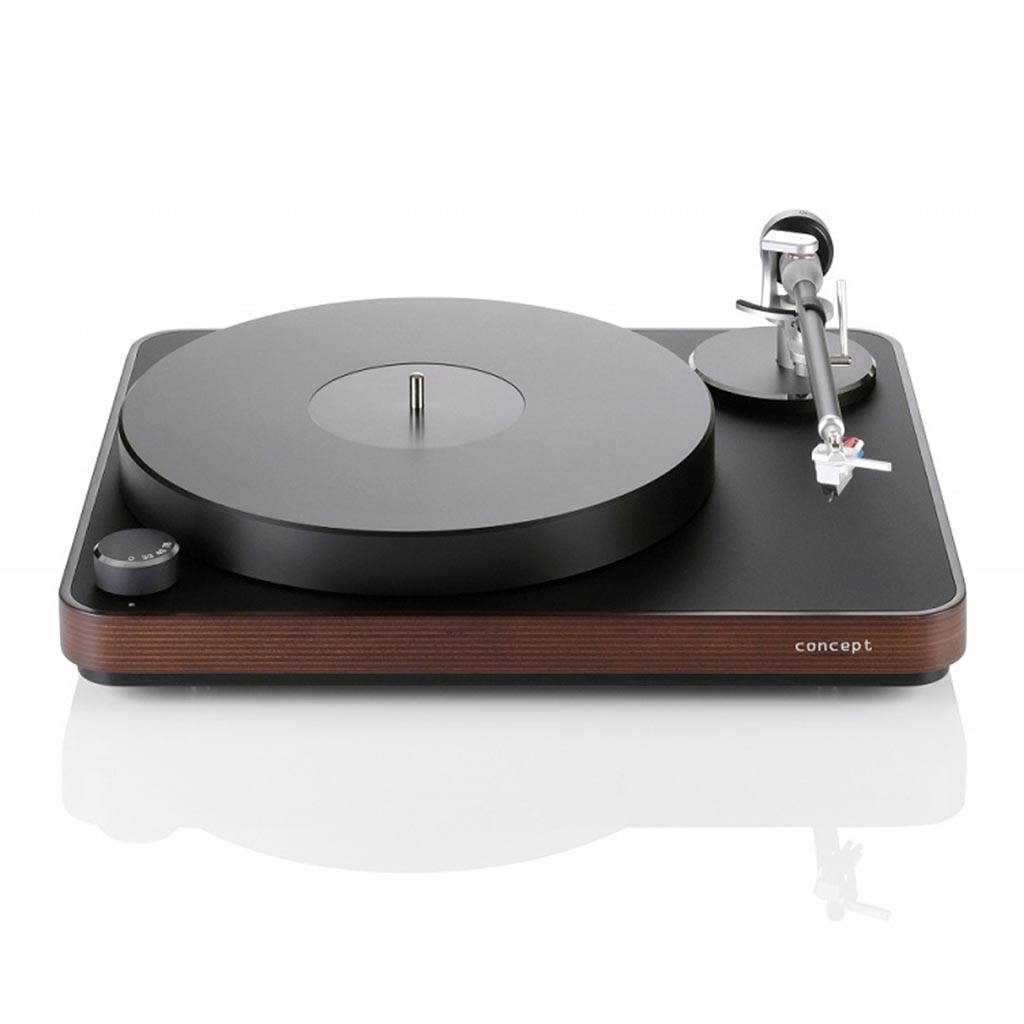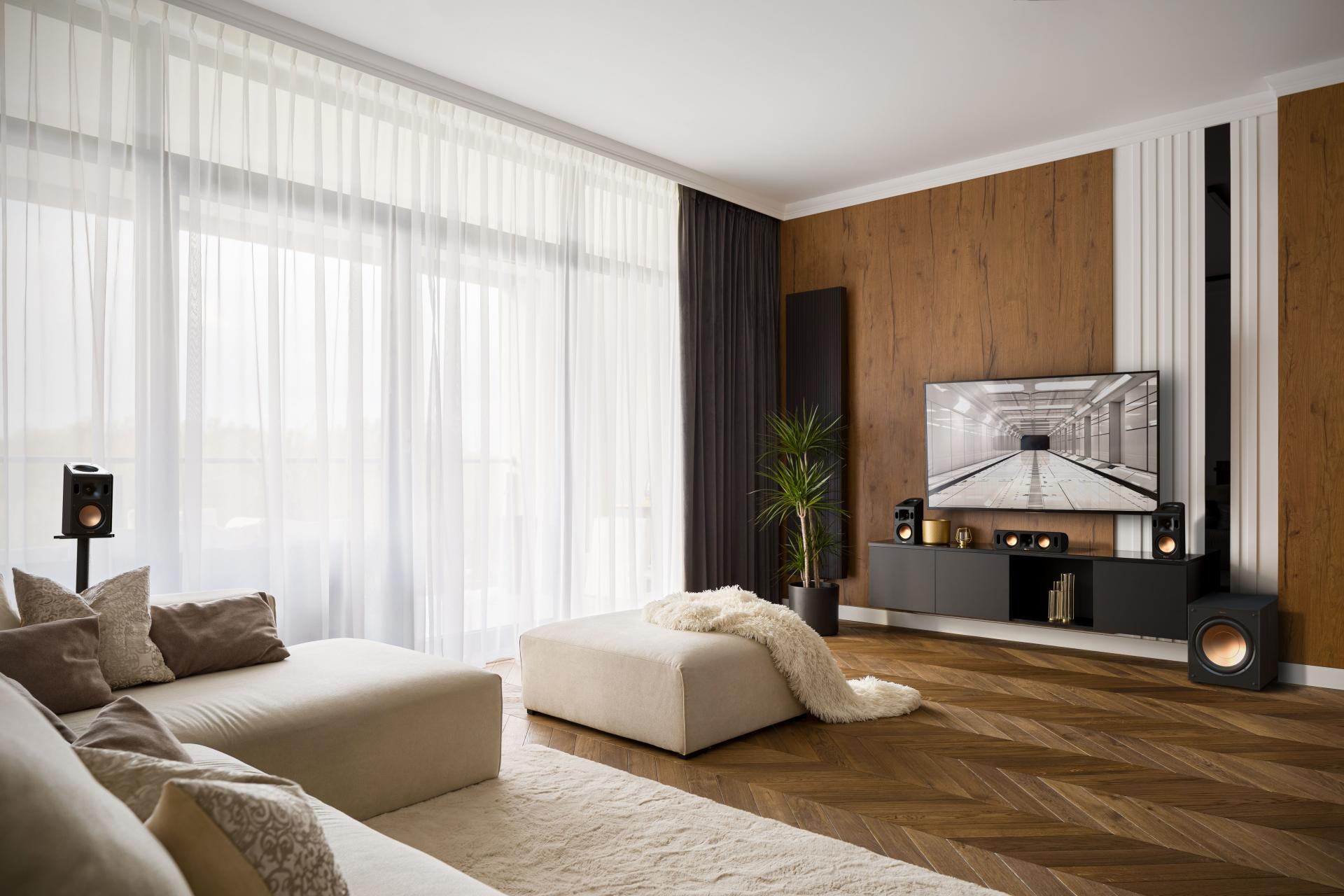MY BAG
Allow sensational music moments to come to life at the comfort of your home with the multi-award winning, medium-sized C7ES-3 XD loudspeaker. Acclaimed for its accurate three-dimensional sound, this speaker will impress even the most religious demands of an audiophile.
Overview
The icon of clarity and detail
ESSENTIAL NEUTRALITY AND NATURAL TONAL BALANCE
Allow sensational music moments to come to life at the comfort of your home with the multi-award winning, medium-sized Compact 7ES-3 XD loudspeaker. Acclaimed for its accurate three-dimensional sound, this speaker will impress even the most religious demands of an audiophile.
The Harbeth secret for accuracy and lifelike sound is the meticulous attention to detail during the design stage. Critically important, but hidden, is the crossover, which carefully integrates the drive units across a wider horizontal and vertical arc. Incremental changes to this fundamental component have allowed this legendary loudspeaker to present the most challenging instruments with increased presence and transparency.
No other loudspeaker communicates the emotional power of the artist so eloquently.
When Alan Shaw took over Harbeth in 1986 Harwood had already identified the next generation cone material after polypropylene. Pioneered by ICI, the new polymer had superb clarity of tone due to radically different crystallinity, albeit with much higher cost and very considerable complexity in moulding. When outsourced, manufacturing this novel material into cones in the quantities needed by the now re-enginised Harbeth company proved insurmountable.
How could Harbeth control its own destiny and lever itself into drive unit manufacturing? And aside from that, were even better polymers available?
The steps towards creating a cone material optimised for use as a loudspeaker diaphragm mandates specialist mechanical and chemical expertise. The best place to undertake such blue-sky research is academia. Thanks to an industry-university sponsorship scheme supported by UK government R&D funding, the Harbeth five man-year Research and Development into Advanced Loudspeaker (RADIAL™) project was underway.
First, just as Kirke had undertaken forty years previously (see Heritage), the Harbeth team reached out to industry and comprehensive global search was made of all potential candidate materials, no matter how obscure.
Some technical parameters were obvious – candidate materials had to have low mass since the consumer would not tolerate low speaker efficiency. Others parameters were impossible to convey to industry in a language they could work with. ‘Low coloration’ conveys nothing to a petrochemical engineer but is of paramount importance to a loudspeaker designer. The problem becomes one of how to guide chemists to modify polymers in a way that steer the acoustic properties to what Harbeth needed.
Had it been possible to bring the combined intellects of Kirke, Shorter and Harwood together, doubtless man-years of painstaking research could have been reduced to months. The no-alternative was a process of sourcing candidate materials under conditions of commercial secrecy and working through them systematically. All fifty or so that met the low-mass requirement but had a range of other properties (including colour) were painstakingly subjected to a series of controlled and standardised excitations to simulate music in a test jig of Harbeth’s design. This obviated the cost and inconvenience of moulding hundreds of alternative speaker cones, assembling them into drive units for measurement and listening, with the risk of overlooking that the best candidate due to the overwhelming practical complexity of the task.
As the months passed, an objective correlation began to develop between the materials under mechanical test, and their subjective sonic signatures. To prove the relationship between physical parameters and perceived sound, suppliers with pilot process plants, including other universities, volunteered to make incremental modifications to candidate materials for Harbeth to analyse and learn from. Typically this involved manipulating the electrical charge that holds molecules together, to tighten or loosen cross-linking chain bonds. As knowledge accrued, the project advanced to the crucial phase: deciding upon the optimum ratio of elements and bulk-blending.
There had been a growing appreciation that candidate materials had distinctive acoustic strengths, and that surprisingly and disappointingly, no one material had optimal audio properties across the entire audio band, as would be needed by a bass-midrange cone.
Conceptually, what was needed was a metal-polymer hybrid: rigid metal for bass punch and softer more forgiving polymer for well damped higher frequencies without the need for cone-doping. The creation of such a material took much more effort.
Assuming such a two-element composite was conceptually feasible, how much of each component would make the perfect cone? The metal-like material could be theoretically blended from between 10% and 90%. With no prior art to draw upon and with four material components, a matrix of possible test blends was proposed, bulk material quantities procured, and experimentation began in small-scale process plant. All samples were carefully archived and subsequently subjected to analysis.
As anticipated, after discarding results from outlying blends, a core group of prospective candidate blends with ideal acoustic performance emerged. It was time to ask the petrochemical industry to manufacture Harbeth’s bespoke plastic compound, in bulk. Much easier said than done.
Although the entire RADIAL™ project had been part government-funded and had received continuous high-level academic supervision, the commercial workings of polymer manufacturers were not appreciated. Although the project had now produced a set of possible target material blends, when the sheet-film manufacturers were asked to produce, their notion of minimum roll quantities were vast: enough film to cover a small town.
The project was brought to a shuddering halt … for now. A radical solution to the impasse was needed and provided in the form of a grant extension, and a reconsideration of the earliest project decisions that had been made. Specifically, to vacuum form the cones.
Vacuum forming, the conventional way of cone manufacture from bought-in sheet film, requires nothing more than a domestic cooker grill, a vacuum cleaner and a wooden mould tool turned on a hobby lathe for pennies. The extreme low-cost flexibility in reconfiguring the tooling for new cone profiles is offset by the restricted range of film materials that are available from stock suppliers and no film is optimised for acoustic properties — the global demand is insignificant. The project has anticipated making speaker cones from film sheet.
Injection moulding, on the other hand, involves enormous capital up-front costs, high temperatures and dangerous pressures. It’s a precision process, controlled and monitored by computer, not man. It makes use of granular polymer materials, which are injected into the hot mould as a liquid. Injection moulding had been considered but dismissed at the project outset because it demands a far higher commitment both financial and technical — it is far from kitchen-table manufacturing. Harbeth had no experience of drive-unit manufacture and the trial and error nature of vacuum forming suited the novice. With the supply of suitable film material now an impossibility, it was time to bite the bullet.
Injection moulding would be the only way to create a superior cone material, whatever the cost.
- 200mm Harbeth RADIAL2™ bass/mid;
- 25mm ferrofluid-cooled tweeter
Frequency response:
- 45Hz – 20kHz, ±3dB free-space, grille on, smooth off-axis response
Impedance:
- 6 ohms, easy to drive
Sensitivity:
- 86dB/2.83V/1m axial
Amplifier suggestion:
- Works with a wide range of amplifiers – suggested from 25W/channel
Power handling:
- 150W programme
Dimensions:
- 520 x 272 x 305 mm
- (+12mm for grille and binding posts)
Connectors:
- Two 4mm Harbeth branded binding posts
Weight:
- 13.2kg each (without packing)
Space needs:
- Overall response optimised for use away from walls.
Packing:
- Single speaker per protective carton
Orders ship Sunday through Friday from our offices in Dubai, UAE.
In-stock products typically ship within 48 hours and should be expected to arrive in 3-4 business days. Orders outside of the UAE should be expected to arrive in 5-7 business days.
Pre-order and backorder products will state the approximate delivery timeline beside the Add To Cart button.
If you would like to place a custom order, chat with our specialists for a guided shopping experience. Once your order has been placed, a timeline will be provided depending on your order details.
- Free delivery within the UAE
- Shipping charges will be calculated upon checkout for orders outside of the UAE (Bahrain, Oman, Kuwait, Saudi Arabia & Qatar).
- Taxes and duties are calculated according to the applicable laws of the state or country an item is shipped to and are the customer's responsibility.
For additional information on shipping and our exchange & return policy visit our help center.
Installation charges are applicable and can be paid upon delivery for our clients based in Dubai.
- Installation Charges: AED 450 Per Hour
- Speaker Cables: AED 32 Per Meter
- Trunking: AED 10 Per Meter
For clients based outside of the UAE, please contact our specialists and we will share an estimate based on your requirements.
Harbeth speakers are at their best when used off the floor and as far as possible away from adjacent surfaces, on stands made from non-resonant material. The top-plate of the stands must be adequately large and the stands themselves stable to prevent the speakers from toppling over. Speaker stands are often fitted with sharp spiked feet that further improve stability.
Note: we recommend felt or rubber dots as an interface between the bottom of the speakers and the top of the stands. If you must use Blu-tack or similar, use the absolute minimum quantity in very small balls not much bigger than grains of rice as it can permanently bond with the veneer.
Ideally, the stands should place the tweeter about level with your ear when seated at your usual listening position — the so-called reference axis’ — where the frequency response is optimised for perfect integration of the sound waves from the drive units. Few users will be able or willing to raise their speakers (or lower their seats) to replicate the laboratory perfection of listening on the reference axis, so there is always a compromise involving the aesthetics of tall stands the technically ideal listening height and stand stability.
Some users prefer both speakers toed-in towards the listening seat by a few degrees. Adjusting the toe-in alters the balance between the mid and high frequencies arriving directly at your ear versus those reflected off walls on either side of the speaker.
Harbeths are designed to present an ‘easy’ electrical load to the amplifier and will work well with solid-state amplifiers. Tube amplifiers are influenced by the electrical load of loudspeakers and we cannot accurately determine in advance how they will perform with any particular loudspeaker.
Playing loud in a large acoustically dry, well-furnished room will demand a powerful amp. Conversely in a small setting listening closer to the speakers, much less power will be needed. As an approximation for normal domestic daytime listening, an amplifier of about 45W into 8ohms per channel rating is a good choice, and 100W into 8 ohms per channel will provide a welcome reserve of power for the louder musical passages in bigger rooms.
Be aware that many amplifiers regardless of output power rating have high input sensitivity, which when driven by an energetic source can drive the amplifier into input-stage saturation, with loss of fidelity. Also, amplifiers with limited output power capability will run out of power and into signal clipping when driven hard, resulting in reduced musical dynamics and potential damage to loudspeaker drive units which is not covered under our warranty.
Note: The amplifier’s performance can change over time, and it should ideally be tested and serviced periodically.
A sonic compromise should be reached between placing the speakers near walls or positioned farther out in the listening area. When a loudspeaker is close to a boundary wall (floor, wall, ceiling or corner) the speaker becomes ‘acoustically coupled’ to the surfaces, just as if it is attached to it. The speaker would then no longer operate in free space with a predictable frequency response, but with a sound output that is elevated in the low-mid frequency range. Well stocked bookcases behind or beside speakers can greatly improve the quality of low frequency as can an asymmetrical placement of the speakers in the room.
Some listeners say that the most natural sound-stage is achieved when the speakers are somewhat closer to each other than they are away from the listener (above) – please experiment for yourself to see what sounds best to you.
Optimising your speakers in your room needs experimentation but the general rule is the more absorption in the room, the less the room influences the overall reproduced sound. Parallel surfaces such as opposite walls, floor, and ceiling encourage and sustain certain musical notes. Flexible plasterboard walls and wooden floors over cavities such as a basement or garage may resonate and cause a boom.
Echoes or reflections can be readily identified by moving around your room and loudly clapping your hands as you listen to the sound decay into silence. In the middle and upper frequencies, soft-fabric treatments are an easy solution to damping a ‘live’ room. Progressively add absorption and listen again until there are no obvious acoustic issues; don’t overdo sound damping – add just enough to tame reflections and no more!
Curtains, thick carpets, rugs, and bookcases strategically positioned to minimise reflections in the room can make a dramatic improvement in fidelity. Pleated curtains on tracks across windows or side walls are an excellent way of temporarily adjusting room acoustics.
Tone controls and modern digital signal-processing room correction systems can, when used carefully, offer an effective solution to getting the best sound in your room, especially in the lower frequencies where domestic rooms have little absorption. Mid and upper frequencies are best treated with conventional soft materials.
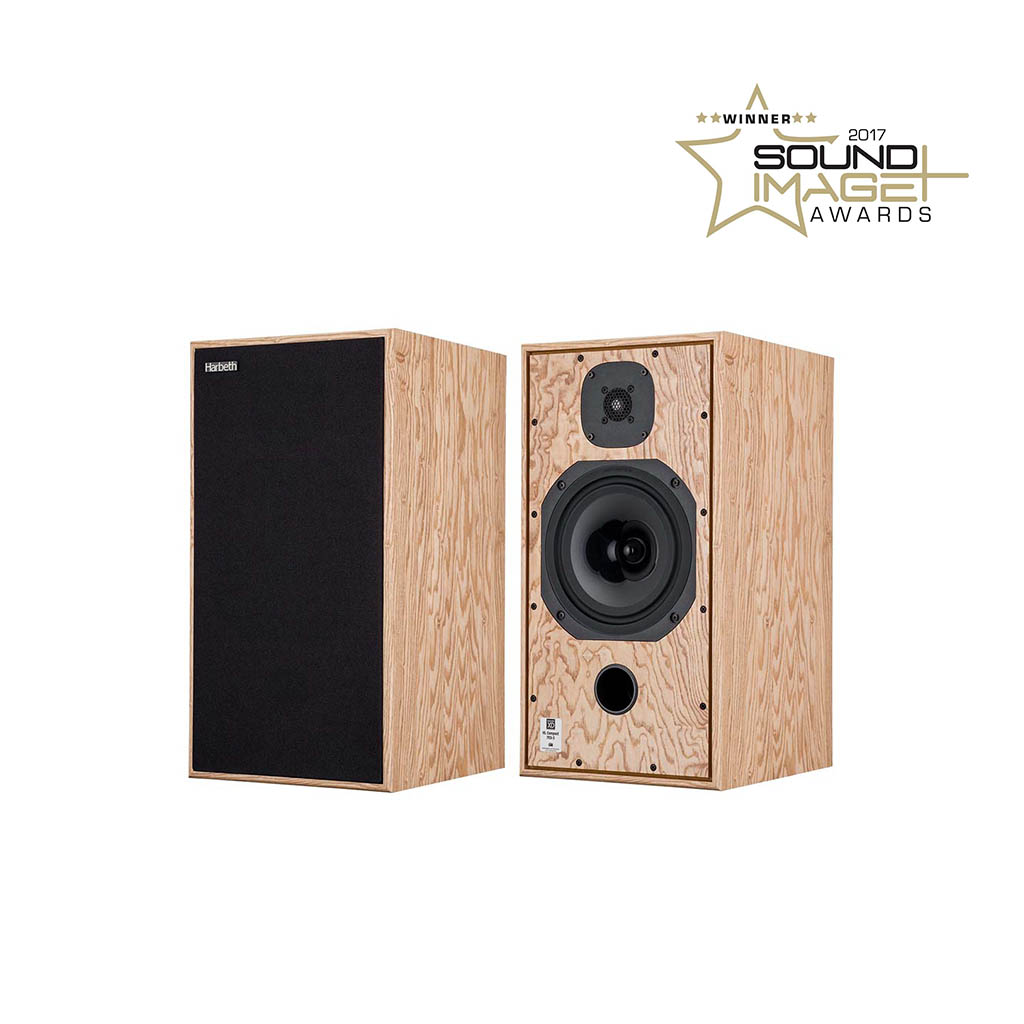
 AE
AE SA
SA  OM
OM KW
KW BH
BH QA
QA

